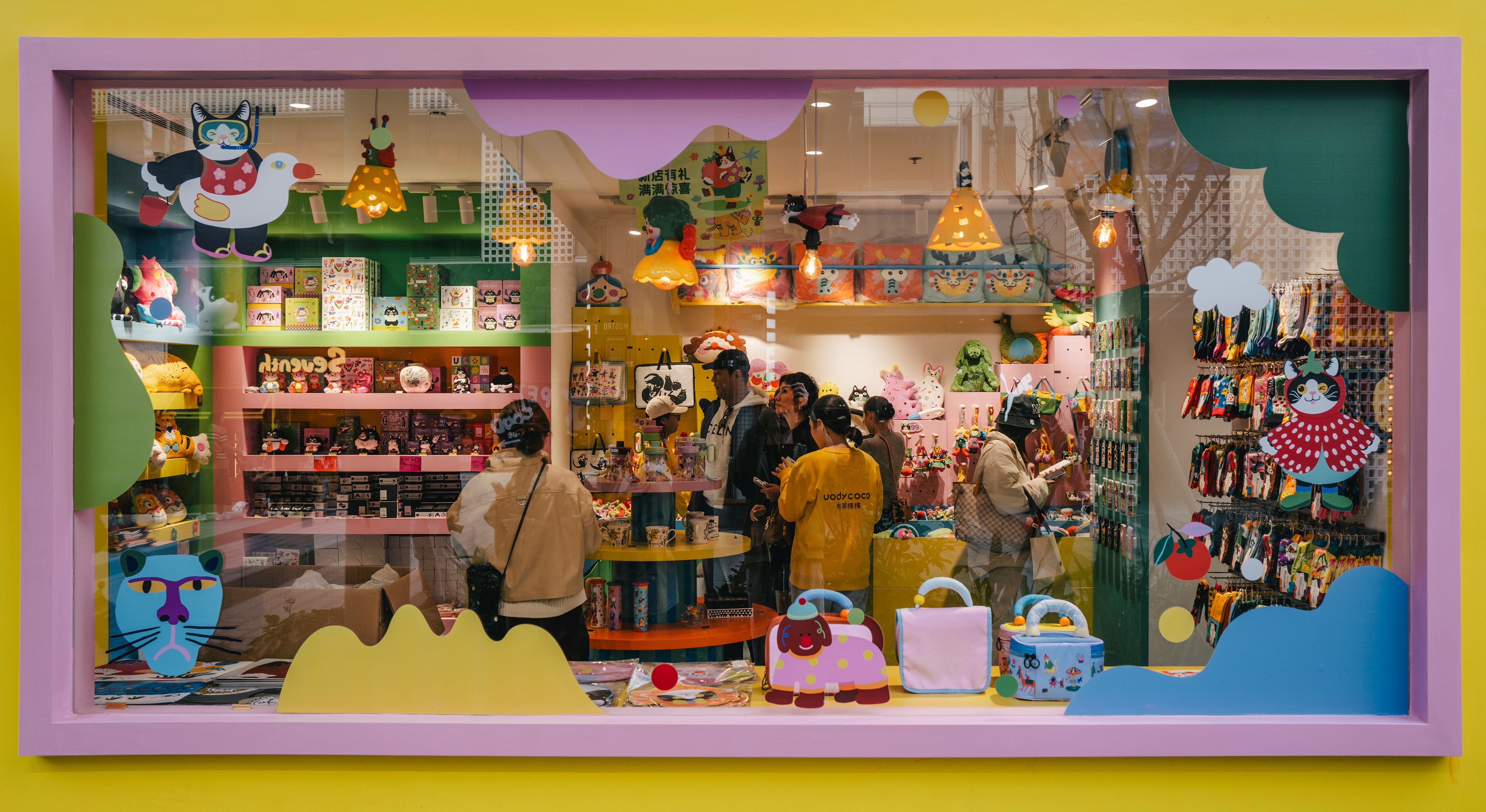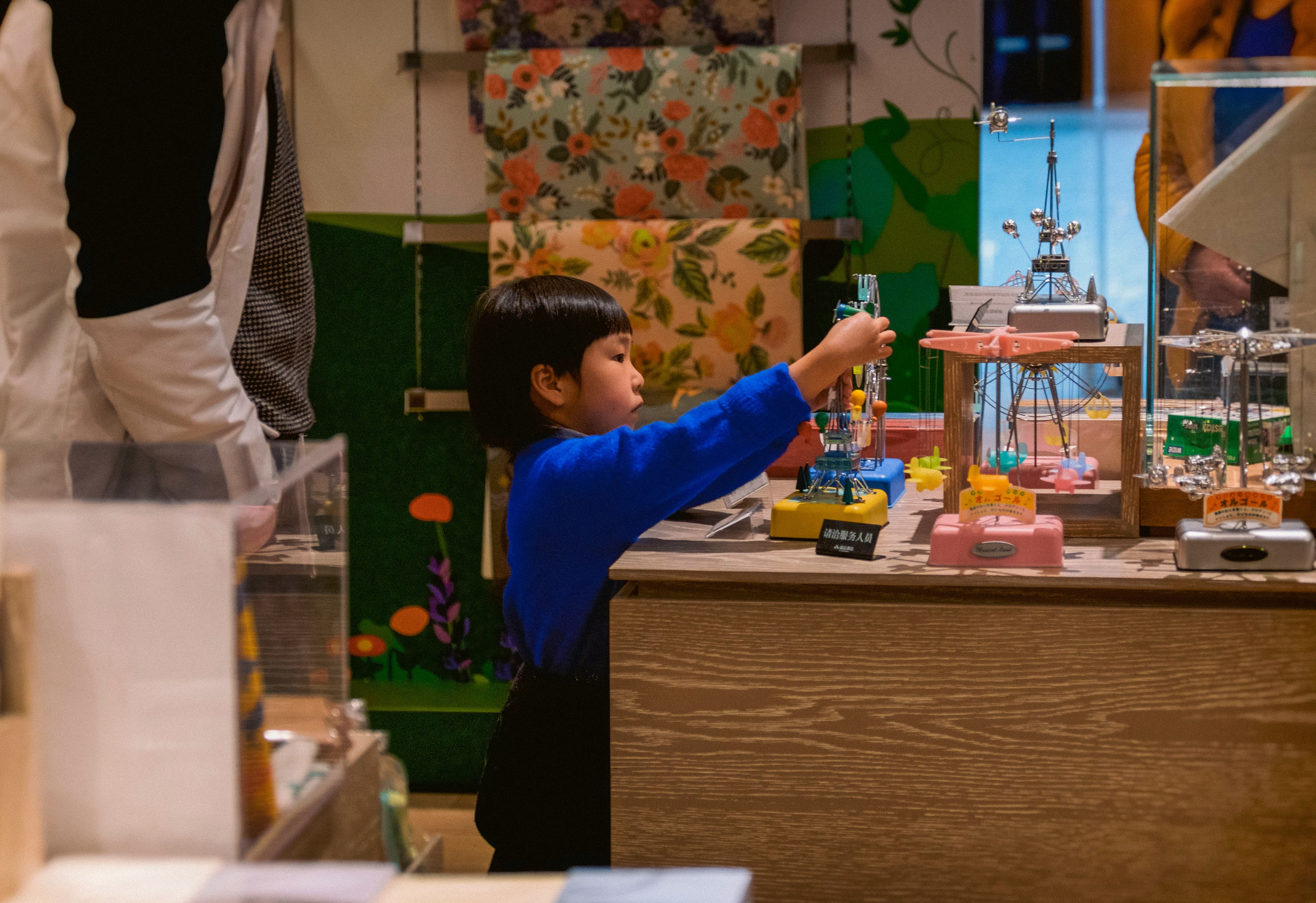English
Why Weekends Now Rule the Toy Store: How Shopping Behavior Is Shifting and What It Means for Toy Retailers
In the ever-evolving world of toy retail, trends emerge not just in what we sell, but when we sell it. Over the past year, a quiet revolution has been reshaping the way families shop for toys—and if you've been watching closely, you've probably noticed it too.
Since 2023 has been a noticeable shift in shopping behavior by day of the week. Traditionally, toy purchases were spread fairly evenly throughout the week, with some midweek peaks for convenience shoppers. But in recent times, the weekends—particularly Saturdays—have become the clear favorite among buyers.
Let's explore what's driving this change and what it means for toy stores across the globe.
Why the Shift to Weekends?
Several social and economic factors are behind this change. Here are the key reasons:
1. Two Working Parents = Less Time Midweek
Let's start with the obvious: families today are busy. With both parents working in most households, weekday evenings have become a juggling act of dinner, homework, extracurriculars, and collapsing into bed.
That leaves little time (or mental energy) for midweek toy store visits, especially when parents are already stretched thin managing their daily responsibilities. Even those who do think about buying toys during the week often end up postponing it until the weekend when things are calmer.
Weekends, however, are different. Parents have more bandwidth, both physically and mentally. Shopping for toys becomes part of a family day out—an experience instead of an errand, often accompanied by lunch, a trip to the park, or visiting grandparents. It turns into a meaningful moment that everyone enjoys.
2. Last-Minute Birthday Shopping is Real
Here's a scene every parent knows: You get an invite to a birthday party. The party is Saturday at 2 PM. It's now Saturday at 11 AM. You need a gift—fast.
It's no surprise then that Saturdays dominate sales. These last-minute gift runs drive traffic, urgency, and decision-making. Many families depend on their local toy store to deliver the right gift, right now, not online platforms that can't deliver in under two hours.
What makes this even more interesting is that customers often spend more when they're in a rush. They're grateful to find something special, well-wrapped, and curated by experts who understand kids and play.
3. Weekend = Family Time
Weekends are all about making memories, and more dads are being seen shopping with their kids. Toy shopping becomes a bonding activity—a shared experience that simply can't be replicated by adding items to an online cart.
4. Amazon Delivers Stuff, Not Experiences
While Amazon can bring you a toy in two days or less, it can't deliver the magic of physically being inside a well-curated toy store. Children love the colors, the sounds, the demos, the surprises—and so do their parents and grandparents.(If you want to learn more about how color influences the toy-buying experience, check out our blog on toy store color psychology.)
That "magic moment" is far more likely to happen on weekends when the whole family is free.

Why This Matters for Toy Stores
Understanding this behavior shift is more than just knowing when your store is busiest. It's about aligning operations, marketing, staffing, and event strategy with when your customers actually want to engage.
In a competitive retail environment, the stores that adapt fastest win. That means reimagining the weekday, optimizing the weekend, and leaning into what makes toy retail irreplaceable.
What Can Toy Retailers Do Next
1. Smart Staffing
Weekend shoppers aren't just more numerous—they're often newer, more emotional buyers. They need help. They ask for recommendations. They want gift wrap.
That means we need to staff up on Friday through Sunday. Having your most engaging team members on the floor can turn casual browsers into loyal customers. Midweek, meanwhile, may allow for leaner staffing or time to focus on backend tasks.
2. Social Selling During the Quiet Days
Mon–Wed might be quiet in-store, but that doesn't mean they have to be quiet for your brand. Use those days for live selling on social platforms.
Create short Instagram Lives or TikToks featuring new toys, staff picks, or sneak peeks at Saturday events. Use email marketing or Facebook groups to drive traffic to those sessions.
It's a chance to reach customers online without fighting for attention during peak weekend hours.
3. Timing Events Strategically
To make the most of weekend foot traffic, toy stores should align their in-store events—such as product demos, toy trials, and new product introductions—with peak shopping days, particularly from Friday to Sunday.
These interactive experiences create excitement for both kids and parents, encouraging them to stay longer, engage more deeply, and make purchases on the spot. By showcasing toys in action and allowing hands-on exploration, stores can turn casual visits into memorable moments that drive conversion.
Timing these events during the busiest periods ensures maximum exposure and impact.

How Zhorya Can Help You
At Zhorya, we're not just keeping up with these trends—we're helping lead them. As a leading B2B toy manufacturer and wholesaler with one of the most diverse product catalogs in the market, we understand how important it is to align your inventory and strategy with shopper behavior.
Whether you're stocking up on wholesale puzzles, wholesale board games, or remote control toys, we offer fast, reliable support for weekend-centric retail schedules. Our goal is to ensure our partners are equipped not just with great products, but with insights that help them sell smarter, every day of the week.
Check out our full catalog at www.zhorya.com and explore how our products can turn casual weekend browsers into lifelong customers.

Final Thoughts
The shift toward weekend toy shopping is more than a scheduling quirk—it's a reflection of how modern families live, shop, and connect. For toy retailers, recognizing and embracing this change can unlock powerful opportunities to increase sales, enhance customer loyalty, and create meaningful in-store experiences. By aligning staffing, events, and digital engagement with this new weekend rhythm, stores can better serve today's families where and when it matters most.
With partners like Zhorya offering flexible supply support and a wide selection of in-demand toys, staying ahead of the trend has never been easier.